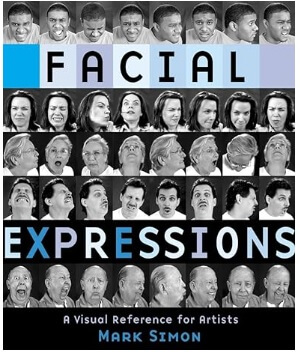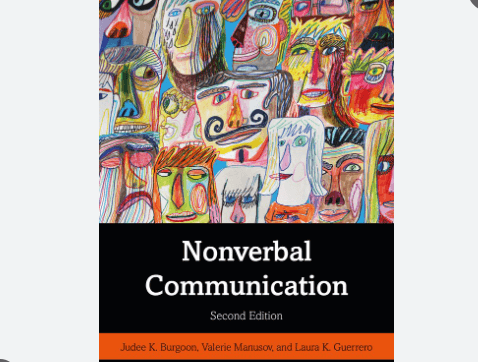Pathopoeia

- File photo | Credit Kat Jayne/Pexels
An Introduction to Pathopoeia
Pathopoeia is a figure of speech Opens in new window exclusively concerned with the vivid representation of an intense or vehement affection.
Pathopoeia, also known in Latin as “imaginatio” is of Greek origin, derived from the combined elements: pathos—“passion,” or “affection”; and poeia—“presentation,” or “expression”. It is a generic term for two categories of rhetorical devices that move the minds of listeners to express such vehement passion, as: fearOpens in new window, angerOpens in new window, envy, hatredOpens in new window, sorrow, hopeOpens in new window, gladness, mirth, or laughter.
The first type is called imaginagion and embraces “sharp figures” that stir the sorts of vehement affections that one finds in tragedyOpens in new window, that is, matters that are great, cruel, horrible, marvelous, pleasant, etc.; the second type is called commiseration, and this consists when the orator presents a moving argument to the audience, which arouse tears, pity or forgiveness in them.
According to BurmeisterOpens in new window, “the pathopoeia occurs when the text is expressed through semitones in such fashion that no one appears to remain unmoved by the created affection.” However, it is noted that these affections are usually elicited because of the circumstances, conditions, era, fate, location, time, cause, manner, matter, and persons.
Notable Example
- O that my head were waters, and mine eyes a fountain of tears, that I might weep day and night for the slain of the daughter of my people.
— (Jeremiah 9:1-2.)
| Important Hint! |
|---|
Pathopoeia as a rhetorical figure, is not limited to pathetic or anguished affections, likewise, it can be used to arouse joyous as well as melancholic or sorrowful affections. Pathopoeia is also seen as a melodic figure, which is extremely important for the musical expression of vehement affections. |
























